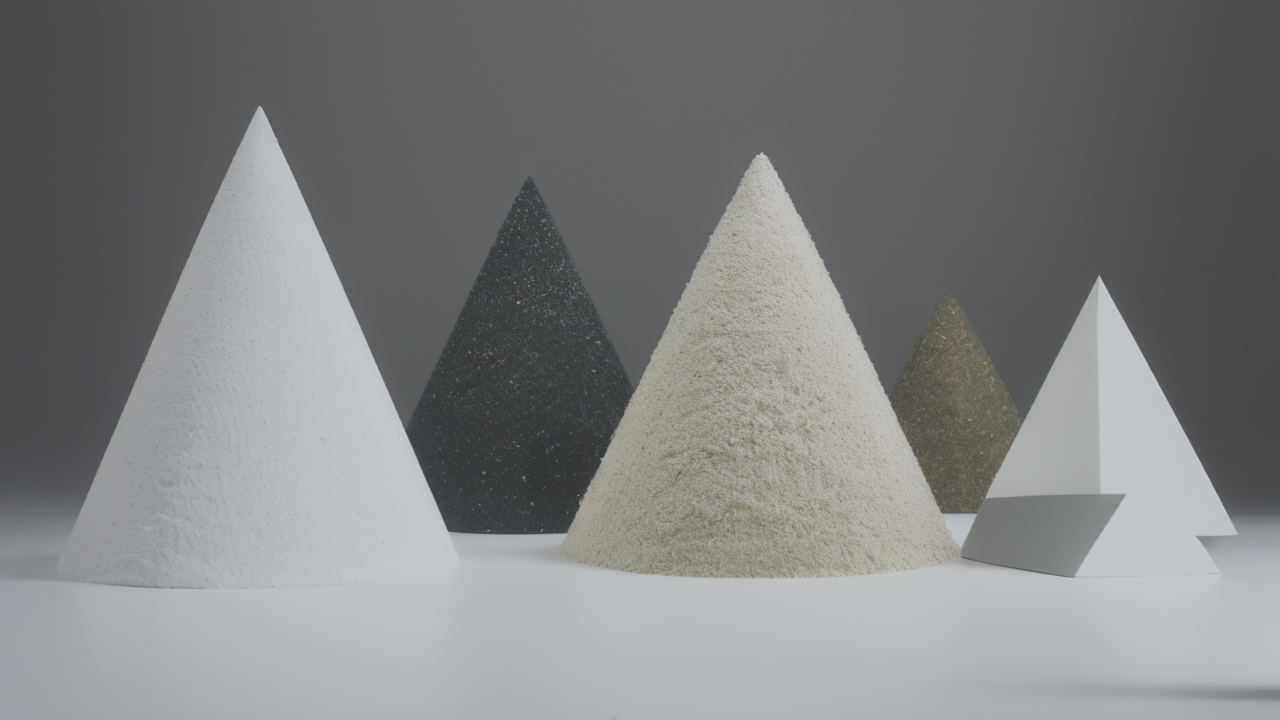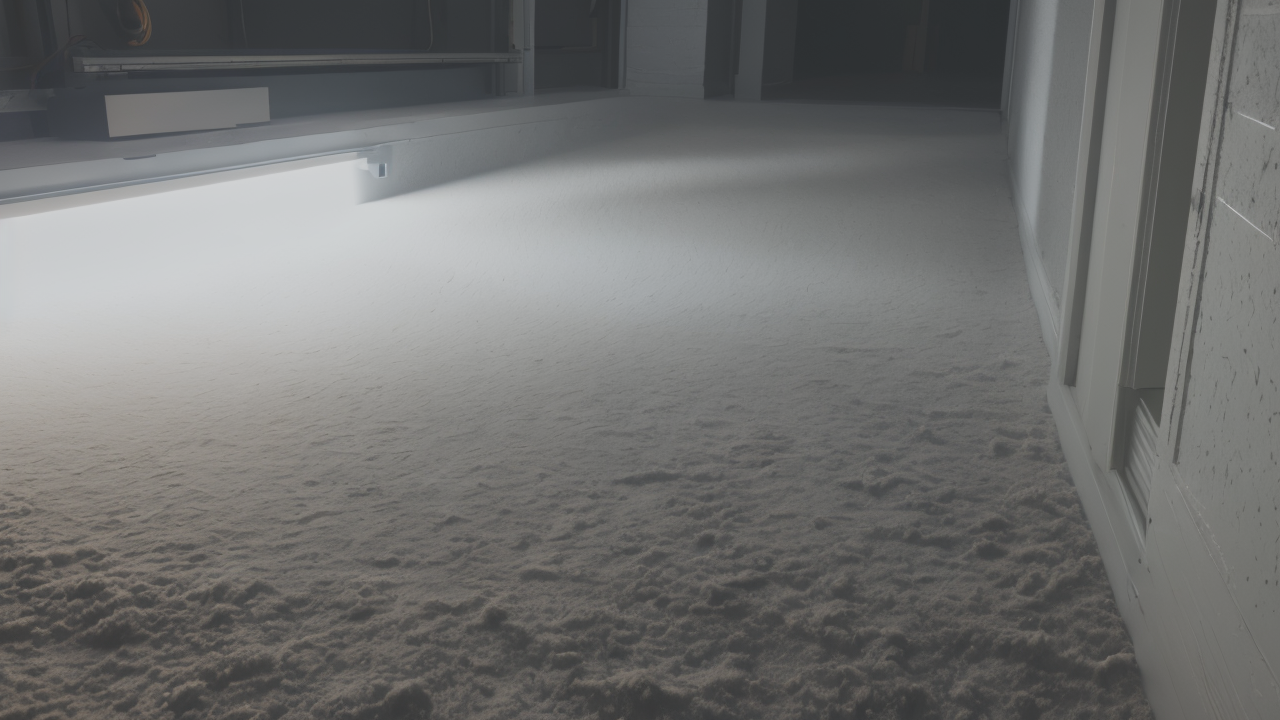
The Art of Simplicity: Expert Tips for Creating Minimalist Drawings with Texture
Understanding Minimalism: A Brief History and Its Impact on Art
The Origins of Minimalism in Art
Minimalism in art emerged in the 1960s as a reaction to the complexity of Abstract Expressionism. It focused on simplicity and objectivity in art. Artists began to strip away excess, leaving only essential elements. They used basic geometric shapes and limited color palettes. The goal was to create art that spoke for itself, without hidden meanings. Minimalism challenged viewers to find beauty in simplicity. It aimed to evoke emotion through basic forms and colors alone.

Key Artists and Movements that Defined Minimalism
Several artists played crucial roles in shaping minimalism:
- Donald Judd: Known for his box-like sculptures
- Frank Stella: Famous for his geometric paintings
- Dan Flavin: Pioneered the use of fluorescent light tubes
- Agnes Martin: Created subtle, grid-based canvases
These artists pushed the boundaries of traditional art. They explored new materials and concepts. Minimalism influenced various art forms, including sculpture, painting, and installations. It also impacted architecture and design. The movement emphasized the physical qualities of art over its emotional aspects.
The Influence of Minimalism on Modern Art
Minimalism continues to shape contemporary art. Its principles of simplicity and clarity remain relevant today. Many modern artists draw inspiration from minimalist concepts. They apply these ideas to various mediums, including digital art. Minimalism has influenced installation art, photography, and even music. Its focus on essential elements helps artists create powerful, thought-provoking works. The "less is more" philosophy extends beyond art into lifestyle and design trends.
Plaster as a Medium: Exploring Its Versatility in Art
The Role of Plaster in Minimalistic Sculptures
Plaster has become a favorite medium for minimalist sculptors. It offers a pure, white surface that aligns with minimalist aesthetics. Artists can mold plaster into various shapes and sizes. It captures fine details and textures perfectly. Plaster allows artists to create smooth, clean forms. These forms embody the minimalist ideals of simplicity and purity. Plaster sculptures often invite viewers to focus on form and space. They encourage contemplation of basic geometric shapes and lines.

Innovative Techniques for Texturing Plaster
Artists have developed various methods to texture plaster:
- Scoring: Creating lines or patterns with tools
- Imprinting: Pressing objects into wet plaster
- Layering: Applying multiple thin layers for depth
- Sanding: Smoothing surfaces to varying degrees
These techniques add subtle complexity to minimalist works. They create interest without compromising simplicity. Textured plaster can evoke different emotions and responses. It adds a tactile element to visual art. Artists often experiment with these techniques to find unique expressions.
Advantages of Using Plaster in Art Installations
Plaster offers several benefits for art installations:
- Lightweight: Easy to transport and install
- Affordable: More cost-effective than many other materials
- Moldable: Can be shaped into any form
- Durable: Long-lasting when properly maintained
These qualities make plaster ideal for large-scale installations. Artists can create immersive environments with plaster elements. It allows for experimentation and creativity in spatial design. Plaster's versatility supports the minimalist goal of maximum impact with minimal means.
Expert Tips for Crafting Minimalistic Plaster Textures
Step-by-Step Guide to Creating Your First Plaster Texture
- Prepare your workspace with protective coverings.
- Mix plaster according to package instructions.
- Apply a base layer to your chosen surface.
- While still wet, use tools to create basic textures.
- Allow the plaster to partially set.
- Refine textures with additional tools or techniques.
- Let the plaster dry completely.
- Sand or smooth as desired for final effect.
Remember to work quickly, as plaster sets fast. Experiment with different tools for varied textures. Start simple and build complexity as you gain experience. Clean tools immediately after use to preserve them. Practice on small pieces before attempting larger works.

Advanced Techniques for Achieving Complex Textures
For more sophisticated textures:
- Incorporate found objects for unique imprints
- Layer different consistencies of plaster
- Use resist techniques with oil or wax
- Experiment with pigments for colored textures
- Try carving into partially set plaster
These methods allow for greater depth and intricacy. They can create subtle variations within a minimalist framework. Practice combining techniques for truly unique effects. Always maintain a balance between texture and minimalist principles. Remember that even complex textures should serve the overall simplicity of the work.
Maintaining and Preserving Plaster Textures for Longevity
To ensure your plaster textures last:
- Apply a sealant to protect against moisture
- Avoid direct sunlight to prevent fading
- Dust regularly with a soft, dry cloth
- Repair any cracks promptly to prevent spreading
- Store or display in a controlled environment
Proper care will maintain the integrity of your plaster work. It preserves the subtle textures and finishes. Regular maintenance ensures your minimalist plaster art remains impactful for years. Consider the display environment when creating plaster pieces for long-term preservation. With proper care, plaster art can last for generations.


